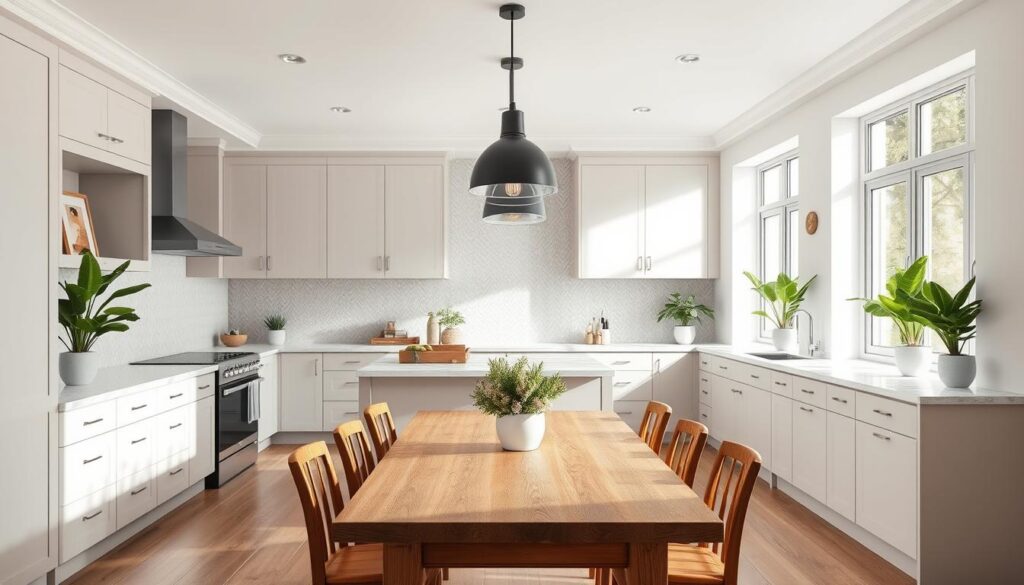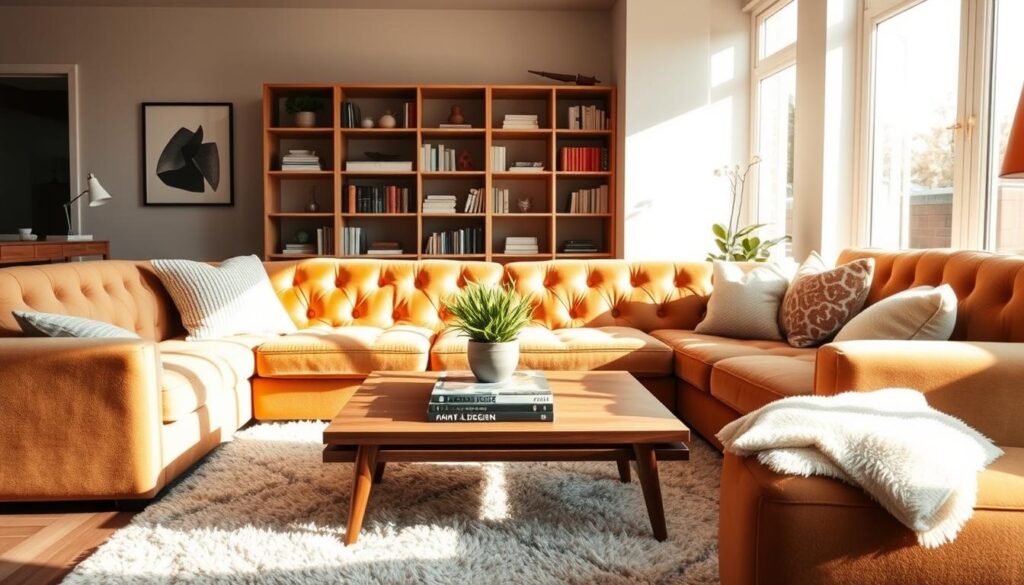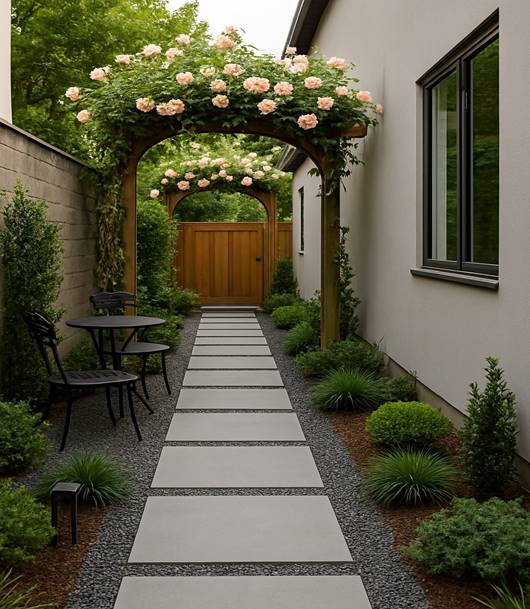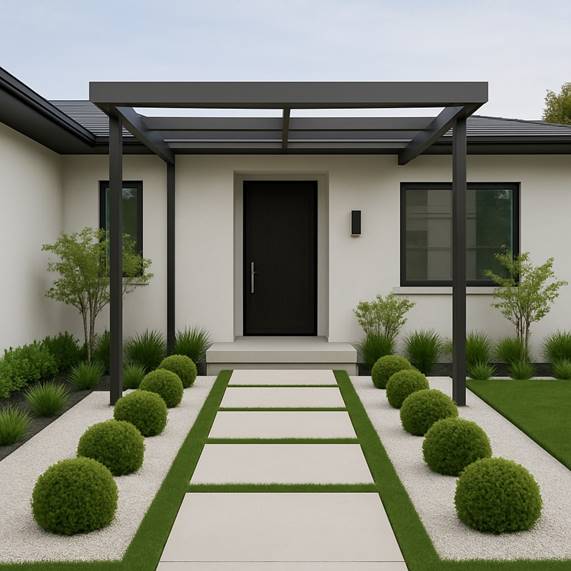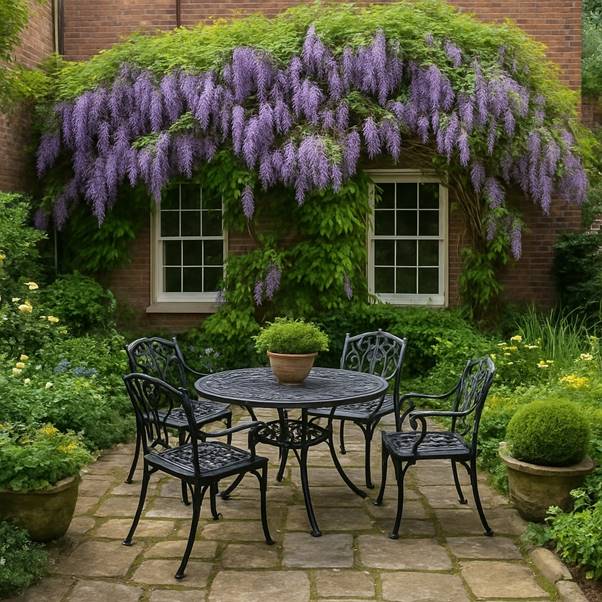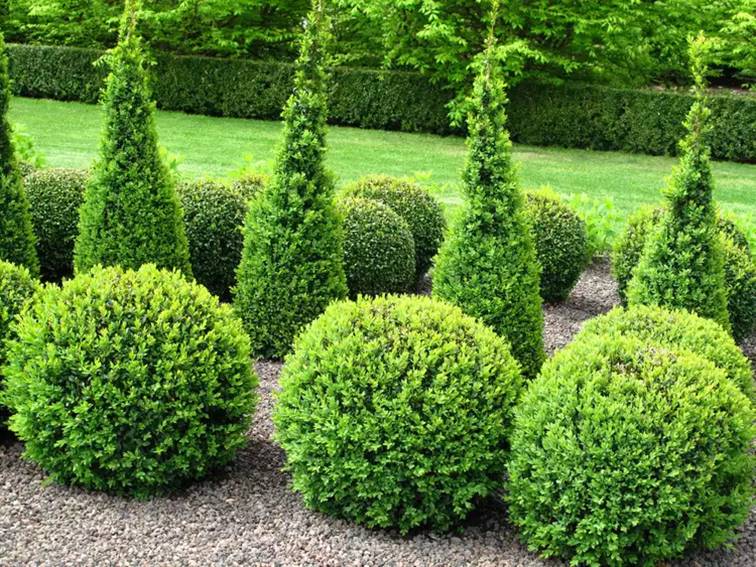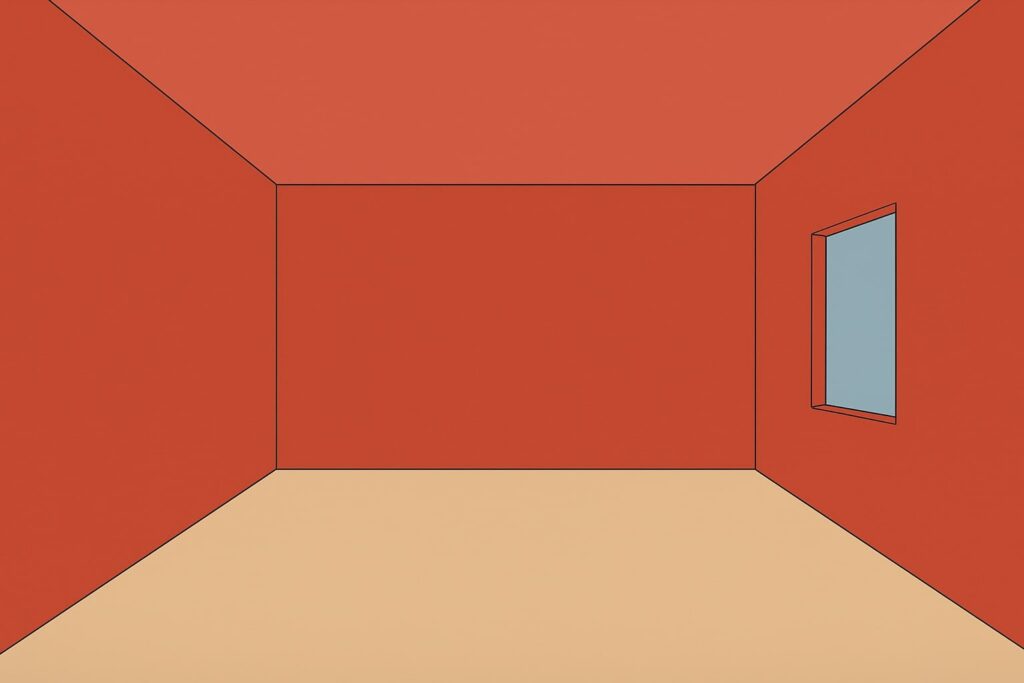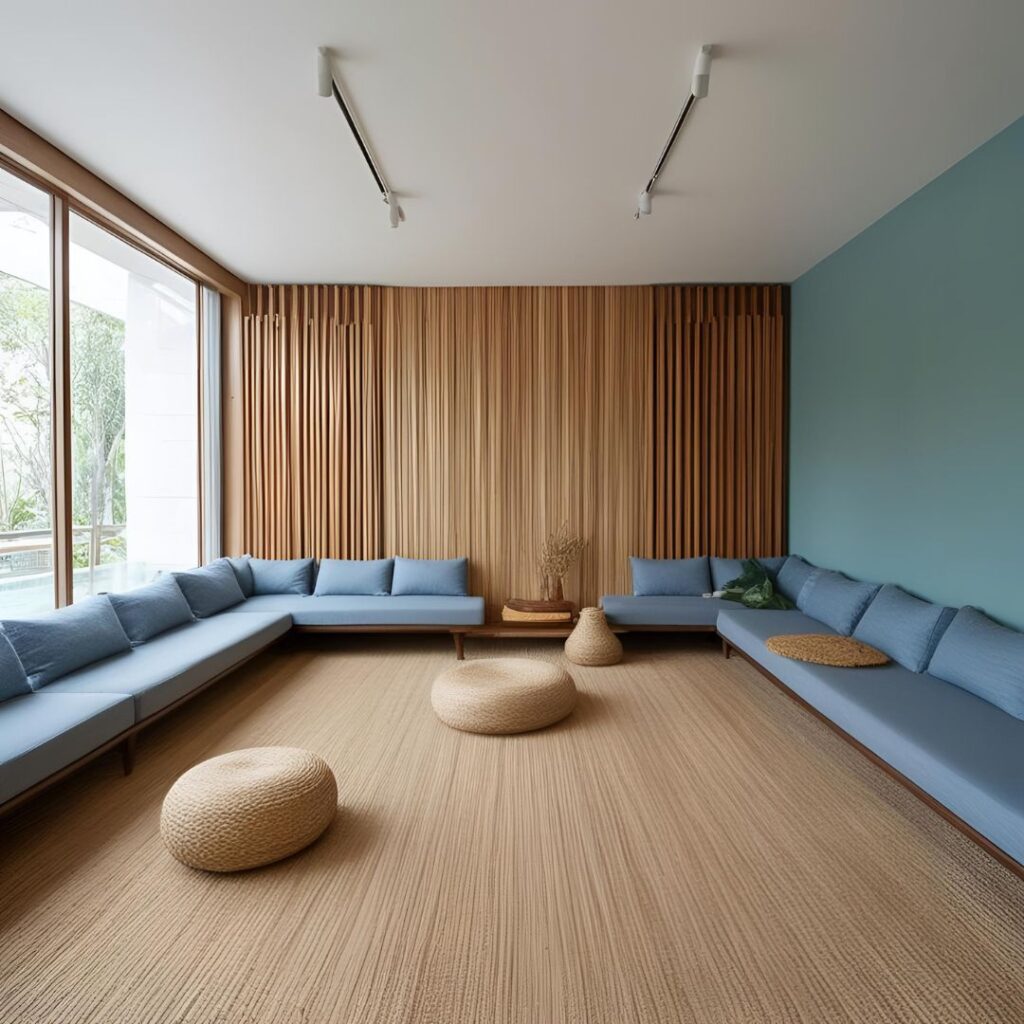Kitchen Inspiration: Colors, Lighting & Decor to Transform Space
Transforming your kitchen into a warm and inviting hub requires careful consideration of several key elements. The right combination of inspiration, design, and functionality can turn an ordinary cooking space into an extraordinary one. A well-designed kitchen is not just about aesthetics; it’s also about creating a space that is functional and enjoyable to be in. By focusing on colors, lighting, and decor, homeowners can achieve a kitchen transformation that enhances their overall living experience. Key Takeaways Discover how to choose the perfect color palette for your kitchen. Learn about different lighting options to enhance your kitchen’s ambiance. Explore decor ideas that can elevate your kitchen’s style. Understand the importance of balancing form and function in kitchen design. Get tips on how to achieve a kitchen transformation on a budget. Assessing Your Kitchen Space: The First Step to Transformation To create a kitchen that truly reflects your style, you need to start by assessing your current kitchen’s layout and functionality. This initial assessment is crucial for a successful kitchen makeover. Evaluating Current Layout and Functionality Begin by evaluating your kitchen’s current layout. Consider the workflow, or the “work triangle,” between your sink, stove, and refrigerator. Ask yourself if the current layout facilitates a smooth workflow or if it hinders your cooking experience. Identifying Problem Areas and Opportunities Next, identify problem areas and opportunities for improvement. Look for bottlenecks, such as narrow pathways or insufficient counter space. Consider how you can repurpose underutilized areas to enhance your kitchen’s functionality. Setting a Realistic Budget for Your Kitchen Makeover Finally, setting a realistic kitchen budget is essential. Determine how much you are willing to spend on your kitchen layout changes and stick to it. A well-planned budget will help guide your decisions during the makeover process, ensuring a successful transformation. The Psychology of Kitchen Design: Creating a Welcoming Environment Kitchen design plays a crucial role in shaping our emotions and behaviors, making it essential to create a welcoming environment. A kitchen that is both functional and aesthetically pleasing can significantly enhance the overall ambiance of a home. How Kitchen Design Affects Mood and Behavior The layout, lighting, and color scheme of a kitchen can influence our mood and behavior. For instance, warm lighting can create a cozy atmosphere, while a well-organized layout can improve functionality and reduce stress. Balancing Functionality with Aesthetic Appeal Achieving a balance between functionality and aesthetic appeal is crucial. As design expert, Kelly Wearstler, once said, “A kitchen should be a reflection of your personality, as well as a functional space.” This balance can be achieved by incorporating elements that are both beautiful and practical. Creating Spaces That Encourage Gathering and Conversation To encourage gathering and conversation, consider incorporating a kitchen island or a dining area. A welcoming kitchen ambiance can be further enhanced by adding comfortable seating and warm decor. Color Theory for Kitchens: Beyond White Cabinets Moving beyond the conventional white cabinets, kitchen color theory offers a wealth of possibilities for homeowners. The right color scheme can transform a kitchen, making it more inviting, functional, and reflective of personal style. Trending Kitchen Color Palettes for 2023 This year, kitchen design trends are leaning towards bold and earthy tones. Deep blues and greens are becoming increasingly popular, adding a sense of sophistication and calmness to the kitchen. Warm neutrals like terracotta and sandy beige are also trending, bringing a cozy feel to the space. Using Color to Visually Expand Small Spaces In small kitchens, the strategic use of color can create the illusion of more space. Light colors on walls and cabinets can make the area feel larger. Additionally, using a monochromatic color scheme can help to create a sense of continuity, making the space feel more expansive. Strategic Color Zoning in Open-Concept Kitchens Open-concept kitchens benefit from strategic color zoning, which involves using different colors to define various areas within the space. This technique helps to create visual interest and distinguish between different functional zones. Accent Walls and Focal Points Accent walls can serve as a focal point in the kitchen, drawing attention to a particular area or feature. A bold, contrasting color can be used to create a striking accent wall that adds personality to the space. Coordinating Colors Across Zones To maintain a cohesive look in open-concept kitchens, it’s essential to coordinate colors across different zones. This can be achieved by using a unifying color palette or by selecting colors that complement each other. Color Scheme Effect on Kitchen Best For Monochromatic Creates a sense of continuity and can make the space feel larger Small kitchens Bold and Earthy Tones Adds sophistication and calmness Large, open-concept kitchens Light Colors Makes the area feel larger and more airy Small, enclosed kitchens The Best Kitchen Idea Colors, Lights, and Decor Space Transformations The perfect blend of colors, lights, and decor can turn your kitchen into the heart of your home. A well-designed kitchen not only enhances the aesthetic appeal of your house but also improves its functionality. Dramatic Before-and-After Kitchen Makeovers Dramatic kitchen makeovers can completely transform the look and feel of your space. Before-and-after examples often showcase the power of renovation, from outdated to modern and sleek. These transformations often involve changing the color scheme, updating lighting fixtures, and incorporating new decor elements. The result is a kitchen that feels fresh, modern, and inviting. Budget-Friendly Transformation Ideas Not everyone has the budget for a complete kitchen overhaul. However, there are budget-friendly ways to achieve a kitchen transformation. Painting the walls, updating hardware on cabinets, and adding new lighting can make a significant difference. Additionally, incorporating decorative elements such as rugs, plants, and artwork can add personality to your kitchen without breaking the bank. Designer Tips for Cohesive Kitchen Design Achieving a cohesive look in your kitchen involves more than just picking the right colors and decor. It’s about creating a harmonious balance between different elements. Balancing Statement Pieces with Neutral Elements To avoid a cluttered look, it’s essential to balance statement pieces with neutral elements.
Kitchen Inspiration: Colors, Lighting & Decor to Transform Space Read More »

